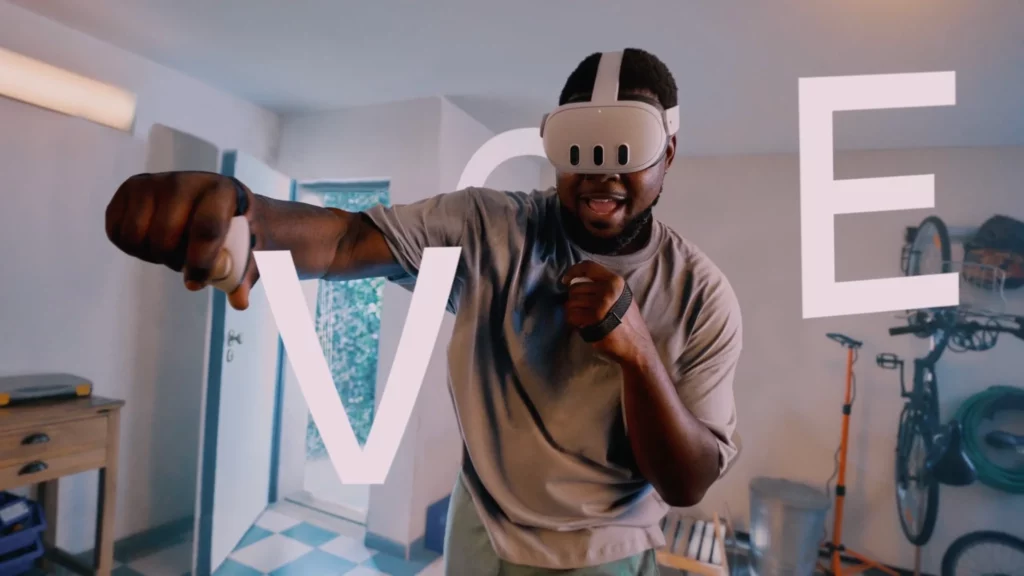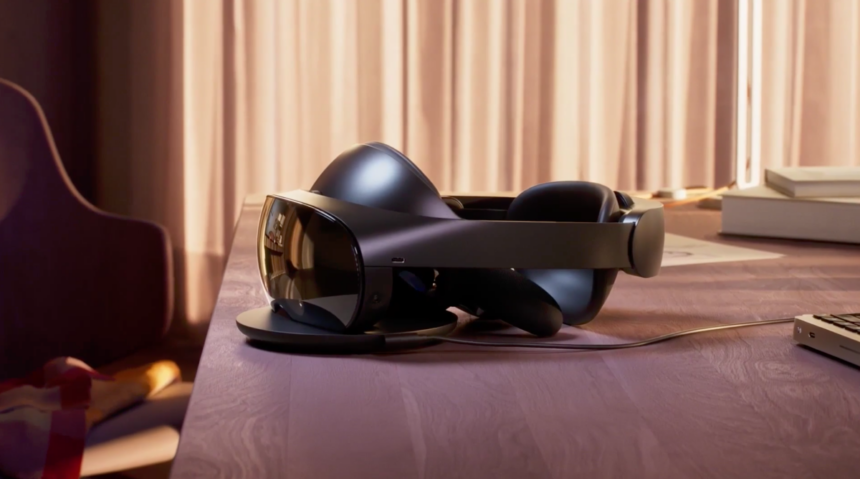Virtual Reality (VR) has long been hailed as the gateway to the future of digital interaction, but it has had its fair share of obstacles to overcome. Among these hurdles, motion sickness stands out as a significant challenge. Mark Zuckerberg, the head of Meta, which owns Facebook and Instagram, has been vocal about his ambition to create a “metaverse” that captures people’s imaginations and keeps them engaged. However, to achieve this vision, addressing motion sickness is critical.

Zuckerberg has acknowledged that motion sickness remains the “biggest issue” facing VR. Still, he also expressed optimism, stating that “it is getting better.” As Meta gears up to launch its latest headset, the Quest 3, the question of whether this issue has been resolved remains at the forefront.
Unlike its predecessor, the Quest 3 boasts cameras that provide users with a view of the real world in full colour while wearing the headset. This technological advancement allows for mixed reality experiences, where virtual elements can seamlessly coexist with your physical surroundings. Imagine a digital character sitting on your coffee table, and you begin to grasp the concept.

The Quest 3 is not the first “mixed reality” headset, but it is one of the more affordable options at $499 (£411). According to Chris Cox, the Chief Product Officer at Meta, mixed reality has the potential to “drastically change” how comfortable the [VR] experience is.” His team recognizes the challenges posed by “context switches” between reality and VR, which can lead to discomfort and motion sickness.
However, a crucial question arises: If the solution to alleviating VR sickness is to avoid full VR experiences, can this truly be considered a fix? Mark Zuckerberg’s belief is that better graphics and reduced latency (the delay between taking an action and seeing it in the headset) can help diminish motion sickness. His hope is that as headsets continue to improve, fewer people will report experiencing this discomfort.

Yet, motion sickness in VR is not solely a matter of technical specifications. It is also tied to the discrepancy between what your eyes perceive in the virtual world and what your body feels in the real one. As Zuckerberg himself acknowledges, people’s susceptibility to motion sickness varies widely. Some individuals can sail through choppy waters without a hint of seasickness, while others may succumb to it in calmer conditions.
Interestingly, there are VR enthusiasts who can immerse themselves in virtual worlds for hours without any adverse effects, while others can barely endure a few minutes without feeling queasy. This discrepancy underscores the complexity of the problem.
Mixed reality, though still in its infancy with a limited library of games, could hold the key to a more comfortable and nausea-free VR experience. For those intrigued by the idea of virtual gaming but who lack the stomach for it, mixed reality may provide a compelling compromise.
As Meta launches the Quest 3, the industry and VR enthusiasts eagerly await whether mixed reality can indeed be the solution to the long-standing problem of motion sickness. The quest for the perfect VR experience continues, and with innovations like mixed reality, we may be one step closer to a future where immersive digital worlds can be enjoyed by all, without the unpleasant side effects. Stay tuned for further developments in this ever-evolving virtual frontier.








